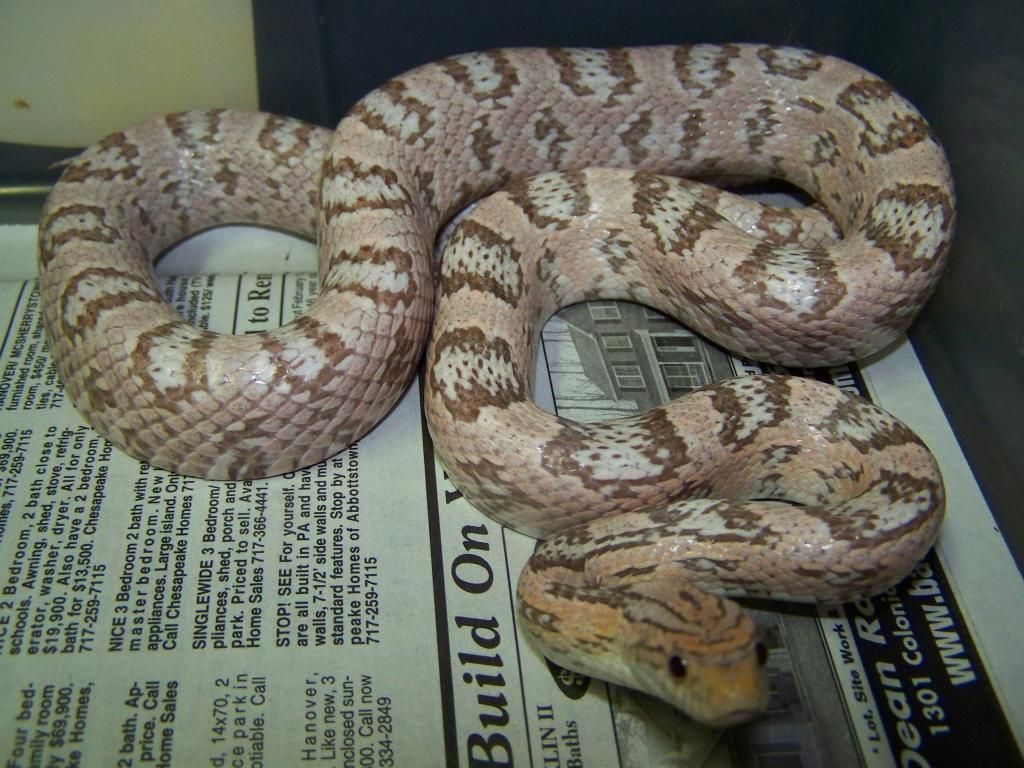You do realize it is not this easy, right? Even with the highly fragmented genome sequence published, in order to identify the palmetto locus you would have to spend thousands of dollars and use next generation sequencing. Any corn snake you sequence will differ from the draft sequence at a ton of nucleotides that are irrelevant. You would need to map the mutation to a candidate region either by sequencing pooled samples from siblings with and without the palmetto mutation and identifying the regions that segregate only with the palmetto corns (which merely narrows your list of candidate genes), or by doing some other form of linkage analysis. Both are time consuming and expensive. Look at all the effort this group had to go through, even after sequencing the corn snake genome, just to identify the locus containing the amel mutation. They did whole exome sequencing followed by linkage analysis. But what they generated will not be that useful to you, you would essentially have to repeat their strategy.

